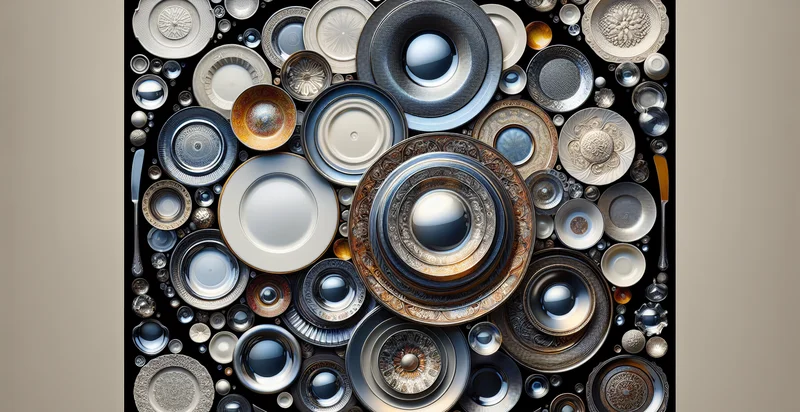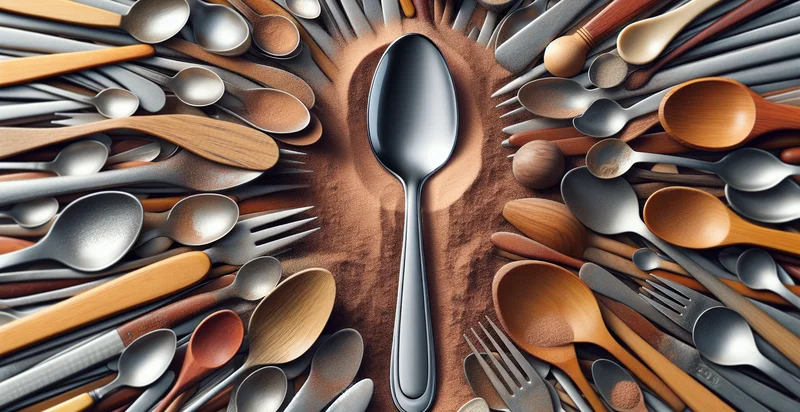Identify what material a plate is made from
using AI
Below is a free classifier to identify what material a plate is made from. Just upload your image, and our AI will predict what material a plate is made from - in just seconds.

Contact us for API access
Or, use Nyckel to build highly-accurate custom classifiers in just minutes. No PhD required.
Get started
import nyckel
credentials = nyckel.Credentials("YOUR_CLIENT_ID", "YOUR_CLIENT_SECRET")
nyckel.invoke("what-material-a-plate-is-made-from", "your_image_url", credentials)
fetch('https://www.nyckel.com/v1/functions/what-material-a-plate-is-made-from/invoke', {
method: 'POST',
headers: {
'Authorization': 'Bearer ' + 'YOUR_BEARER_TOKEN',
'Content-Type': 'application/json',
},
body: JSON.stringify(
{"data": "your_image_url"}
)
})
.then(response => response.json())
.then(data => console.log(data));
curl -X POST \
-H "Content-Type: application/json" \
-H "Authorization: Bearer YOUR_BEARER_TOKEN" \
-d '{"data": "your_image_url"}' \
https://www.nyckel.com/v1/functions/what-material-a-plate-is-made-from/invoke
How this classifier works
To start, upload your image. Our AI tool will then predict what material a plate is made from.
This pretrained image model uses a Nyckel-created dataset and has 16 labels, including Aluminum, Bamboo, Ceramic, Composite, Glass, Melamine, Metal, Paper, Plastic and Porcelain.
We'll also show a confidence score (the higher the number, the more confident the AI model is around what material a plate is made from).
Whether you're just curious or building what material a plate is made from detection into your application, we hope our classifier proves helpful.
Related Classifiers
Need to identify what material a plate is made from at scale?
Get API or Zapier access to this classifier for free. It's perfect for:
- Material Verification for Quality Control: This function can be employed in manufacturing environments to verify that plates meet specific material standards. By automatically identifying the material composition, companies can ensure that defective materials are not used in production, thereby enhancing product quality and safety.
- Recycling Sorting Automation: Waste management companies can utilize this function to distinguish between different types of plastic, metal, or ceramic plates during the recycling process. Precise material identification can streamline sorting operations, improve recycling efficiency, and reduce contamination rates in recycling streams.
- Restaurant Supply Chain Optimization: Restaurants can leverage this image classification function to manage their inventory of dishes more effectively. By identifying the materials of plates, they can optimize their purchasing decisions, ensure proper care and cleaning protocols, and create menu items that pair well with specific materials.
- E-commerce Product Categorization: Online marketplaces can implement this function to enhance their product categorization for plates and other dishware. By accurately identifying the materials, platforms can improve search results, result relevance, and help customers make informed purchasing decisions based on material properties.
- Custom Plate Design Recommendations: Businesses engaged in personalized or custom plate design can use this function to recommend appropriate materials to customers. By analyzing the desired style and function, the system can suggest optimal materials that meet the customer’s aesthetic preferences and functional requirements.
- Material Safety Compliance: This function can assist compliance officers in industries where specific materials must meet safety regulations. By identifying the material composition of plates used in food service or medical applications, organizations can avoid potential violations and ensure that they are using compliant materials.
- Archeological Research Support: Archaeologists can apply this function to classify materials from excavated artifacts, such as historical plates. Accurate classification can help in understanding cultural practices, trade relationships, and technological advancements of past societies, contributing valuable insights to the field of archaeology.


